Triple-Pane Windows Balance Performance and Cost
These windows are warmer to sit next to in winter, and they eliminate condensation on the interior surface.
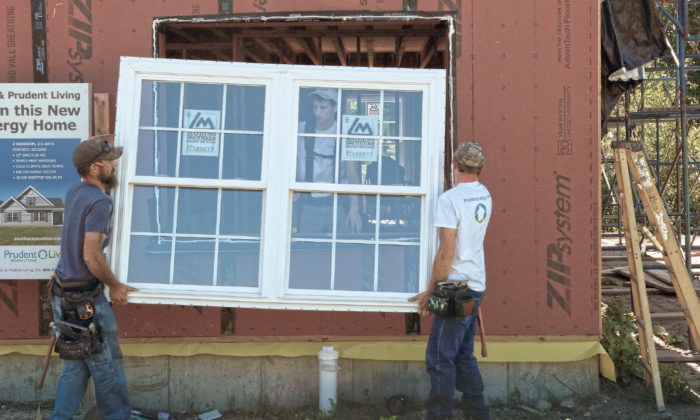
Windows in a deep double-stud wall can be installed in two locations: flush with the exterior wall or inset in the wall. These installations are often referred to as “outies” and “innies,” respectively. The FHB House windows are installed as outies. This way, the Biebels are able to use a flanged window installed against the exterior sheathing and the flashing, trim, and siding details are the same as for a standard 2×6 wall. Using this standard approach, the framing crew is able to install each window quickly, and as a bonus the homeowner ends up with visually appealing deep interior window sills.
When the Biebels considered what type of windows to use on the FHB House, they looked for high-performing windows at a price that would fit their affordable-house budget. They specifically wanted triple-pane windows. Although the difference in performance between double-pane (U-factor 0.25) and triple-pane (U-factor 0.19) windows is not that large compared to the R-45 walls, and though it’s possible to achieve net-zero with either window package, Tim prefers triple-pane windows for comfort. The windows are warmer to sit next to in winter, and, most importantly to him, they eliminate condensation on the interior surface.
The windows that they settled on for this project are from the Clara Starrett line by Mathews Brothers. They are triple-pane, double-hung windows with insulated vinyl frames that the Biebels have used on some of their custom homes. They’ve found the windows to be similar in cost to other triple-pane vinyl windows they’ve tried, but with a more rigid frame and better seals between the sashes so they are more airtight. The fact that Mathews Brothers is a local manufacturer also carried a lot of weight in their decision. Some net-zero projects rely on European-sourced Passive House–certified windows, but Tim prefers the local company because lead times are shorter when ordering local, and any ordering error or warranty issue can be easily and quickly fixed.
Please enjoy the entire complimentary PDF article by clicking below.

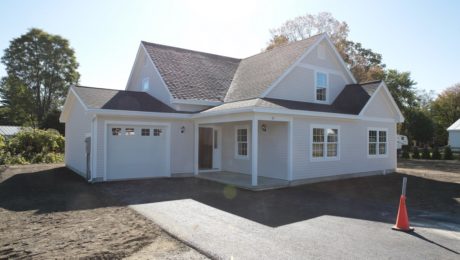
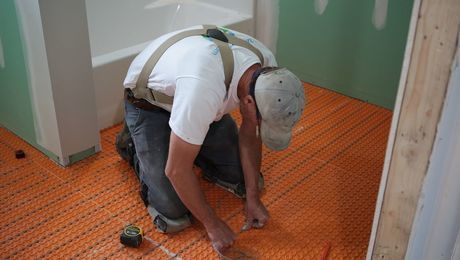
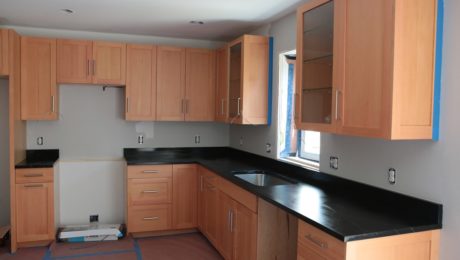
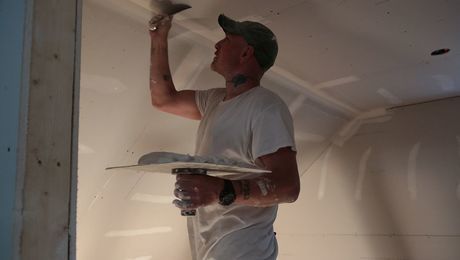

























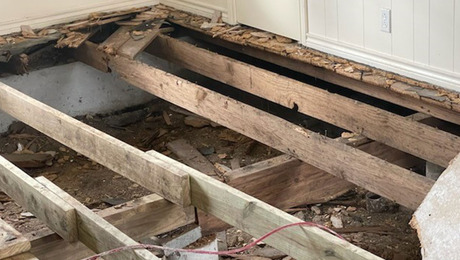













View Comments
I know that double-hung windows are considered superior, but since having lived in a home with casements, I believe casements are under-appreciated. One can achieve tremendous air flow through the house during the summer, reducing somewhat, the need for A/C. Air is either scooped in or sucked out, even by gentle breezes passing by the windows. Just make sure that the windows open in the opposite directions on the opposite (front and back) sides of the house.
It would appear from the picture that caulking is being used along the edge the sill. It's my understanding that caulking is not recommended on the sill to allow water to drain. Comments?
Thanks for the article! I found the diagrams helped emphasize your point too.
Triple panes are so expensive, but they're definitely worth it in the long run. I've found there are a lot of rebates available too when you do this type of upgrade. They're a full list of rebate programs here https://nrgwise.ca/